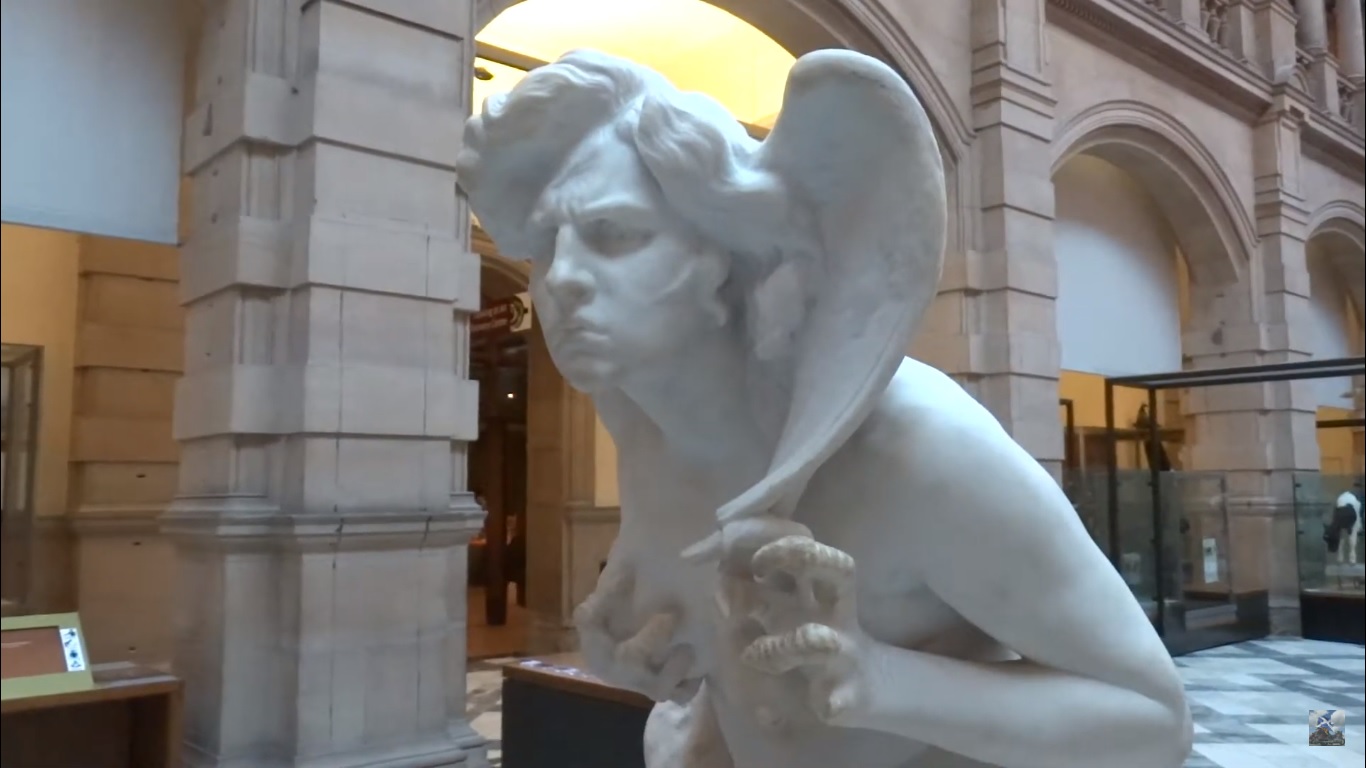
According to Greek mythology Harpies were half-women, half-bird creatures known as the agents of divine punishment
They were depicted as having a female head but the body of a bird, and although they are described by certain sources as quite attractive, they were, nonetheless, most frequently said to have had pale faces. They were supposedly rather ugly in comparison to regular women. Harpies are generally portrayed in Greek and Roman literary works of mythology and are typically found on pottery and drawings.
In particular, the Greek poet Hesiod (750 BC) made reference to two specific harpies, namely Ocypete and Aello. The two creatures were mentioned as having “lovely hair” and frequently soaring through the wind like vigorous birds.
Hesiod posited that these two harpies were the offspring of the Oceanid Electra, daughter of Oceanus and Tethys and wife of sea god Thaumas. These harpies were sisters with Iris, goddess of the rainbow and a divine messenger of the gods, especially Queen Hera.
Later Greek Authors’ Description of Harpies
Hesiod can be said to have admired harpies since he wrote beautiful poetic descriptions of them, but subsequent Greek authors were not as inspired by them at all and did not speak well of them. Those writers depicted harpies as repulsive, nasty creatures known for their dreadful acts and dark and unpleasant demeanor. They purportedly had “repulsive breath”and “hateful” tears in their eyes.
Celaeno, yet a third Harpy, was later introduced to this pair of siblings by Virgil, the Roman poet. The names of harpies all referred to their specialties. Aello, for instance, means “storm” in Greek while Ocypete means “swift wing”, and Celaeno means “the dark one.” Podarge another harpy which her name means “fast”, was the mother of Balius and Xanthus, the horses of the mythical Greek hero of the Trojan war, Achilles.
Harpies were also generally known as agents of divine punishment, the reason being that they snatched wicked people and took them to Tartarus, a place of torment and suffering.
Most Popular Tale of the Evil Bird Women of Greek Mythology
The most well-known harpies tale has to be that of King Phineus of Thrace, who was bestowed with the gift of prophecy, possibly by Zeus. Because Phineus revealed the god’s secret plot to humans, Zeus punished him by blinding him.
Additionally, Phineas was punished by the torments of the Harpies, who would steal any food he would attempt to eat, thus leaving him always hungry. They would, in fact, snatch the food right from his hands before he ever got the chance to appease his hunger. Later writers specified that the harpies would either consume the food themselves or contaminate it in various ways so that it would no longer be appropriate for consumption.
In summary, the Greek mythological women known as Harpies have apparently played a significant role in both Greek and Roman mythology as well as in more current works of art and literature. Despite being hideous and dangerous, they frequently follow orders from others and diligently carry out their masters’ orders, such as those of Zeus.
See all the latest news from Greece and the world at Greekreporter.com. Contact our newsroom to report an update or send your story, photos and videos. Follow GR on Google News and subscribe here to our daily email!



